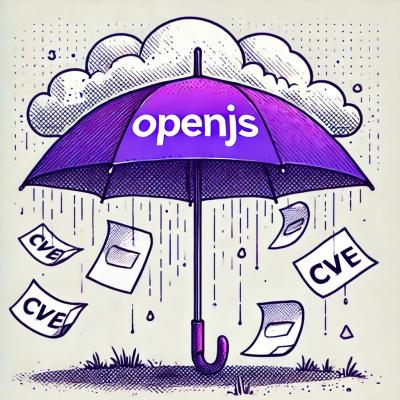
Research
Security News
Malicious npm Package Wipes Codebases with Remote Trigger
A malicious npm typosquat uses remote commands to silently delete entire project directories after a single mistyped install.
google-oauth-token-generator
Advanced tools
A simple web-based tool to generate Google OAuth access tokens and refresh tokens
A simple web-based tool to generate Google OAuth access tokens. This tool helps developers quickly obtain OAuth tokens for testing and development purposes.
# Run directly with npx
npx google-oauth-token-generator
# Or install globally
npm install -g google-oauth-token-generator
google-oauth-token-generator
Run the command:
# Using default port (2323)
npx google-oauth-token-generator
# Using custom port
npx google-oauth-token-generator --port=3000
The tool will:
Follow the on-screen instructions to:
--port=<number>npx google-oauth-token-generator --port=3000Publishing Status: Your application must be set to "In Production" in the OAuth consent screen
User Type: Must be set to "External"
Required Information:
https://www.googleapis.com/auth/userinfo.profile - User profile informationhttps://www.googleapis.com/auth/userinfo.email - User email informationhttps://www.googleapis.com/auth/calendar - Google Calendar accesshttps://www.googleapis.com/auth/drive - Full Google Drive accesshttps://www.googleapis.com/auth/gmail.readonly - Gmail read-only accessFor a complete list of available scopes, visit Google OAuth 2.0 Scopes.
MIT
Contributions are welcome! Please feel free to submit a Pull Request.
FAQs
A simple web-based tool to generate Google OAuth access tokens and refresh tokens
The npm package google-oauth-token-generator receives a total of 199 weekly downloads. As such, google-oauth-token-generator popularity was classified as not popular.
We found that google-oauth-token-generator demonstrated a healthy version release cadence and project activity because the last version was released less than a year ago. It has 0 open source maintainers collaborating on the project.
Did you know?

Socket for GitHub automatically highlights issues in each pull request and monitors the health of all your open source dependencies. Discover the contents of your packages and block harmful activity before you install or update your dependencies.

Research
Security News
A malicious npm typosquat uses remote commands to silently delete entire project directories after a single mistyped install.

Research
Security News
Malicious PyPI package semantic-types steals Solana private keys via transitive dependency installs using monkey patching and blockchain exfiltration.

Security News
New CNA status enables OpenJS Foundation to assign CVEs for security vulnerabilities in projects like ESLint, Fastify, Electron, and others, while leaving disclosure responsibility with individual maintainers.